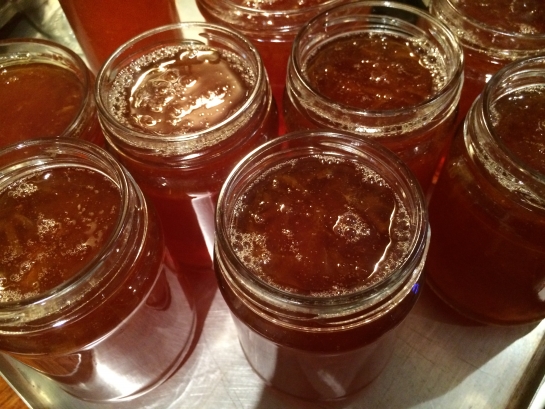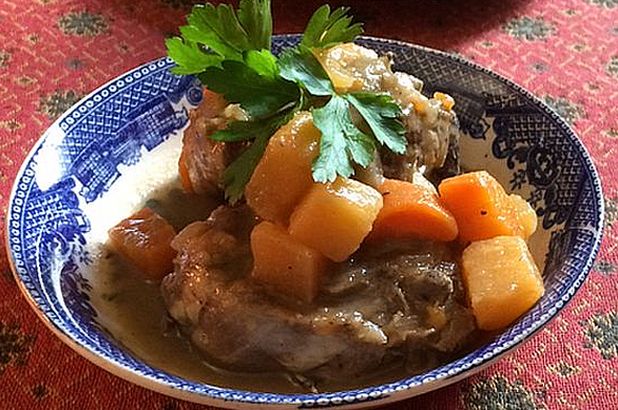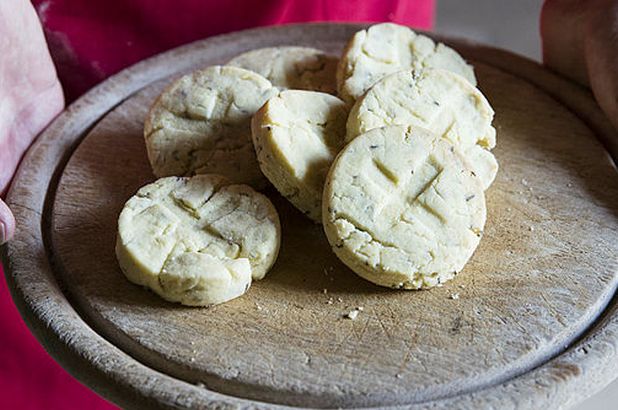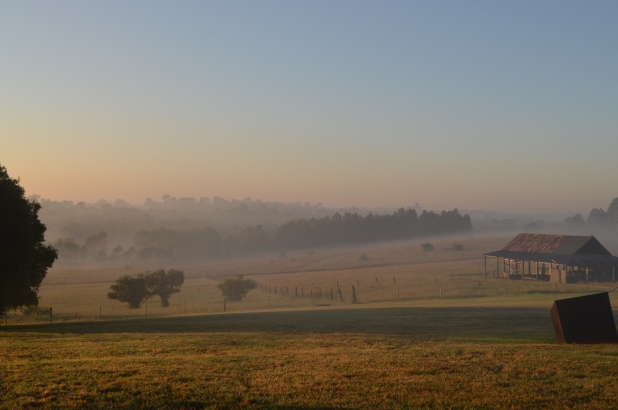When life gives you lemons – and grapefruit and oranges – it’s time to make marmalade! For this batch I’ve used a recipe from the small collection of manuscript recipes that belonged to Rose Seidler, dating to the 1950s or 60s. Citrus trees grow well in Sydney, and many a householder would make marmalade to preserve their own home grown bounty, for their own use or for gifts.
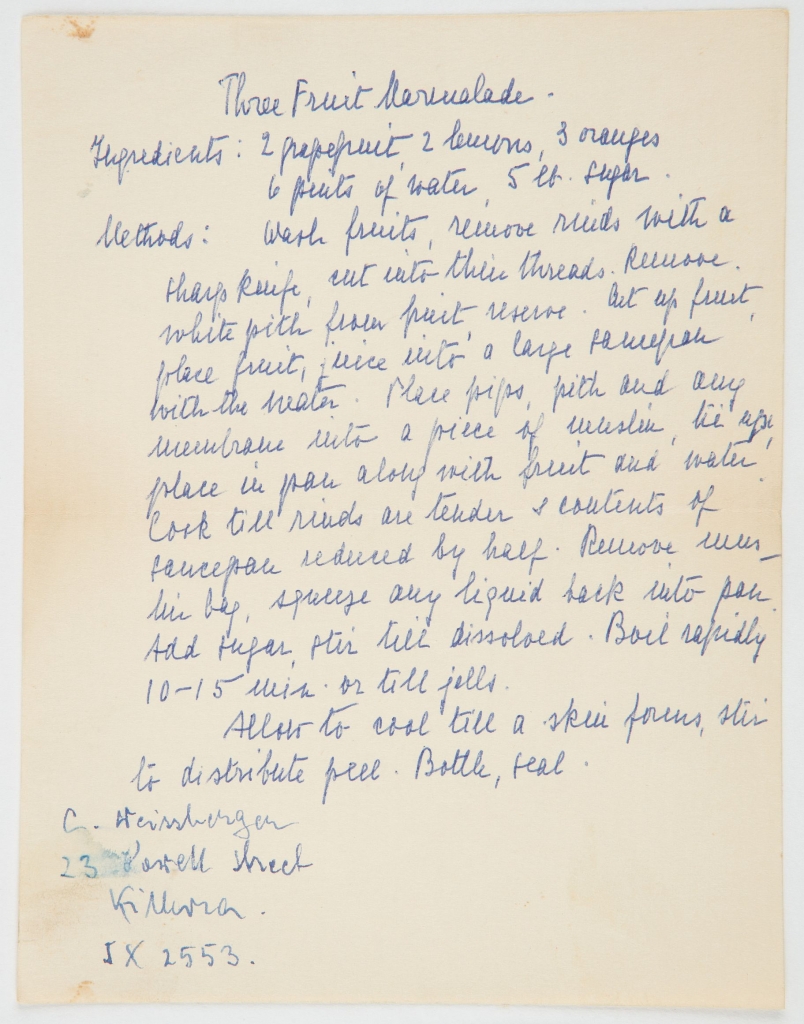
Handwritten recipe for ‘Three Fruit Marmalade’ in Rose Seidler’s recipe collection © Sydney Living Museums
Three Fruit Marmalade
Ingredients: 2 grapefruit, 2 lemons, 3 oranges,
6 pints of water, 5 lb sugar
Methods: Wash fruits, removed rinds with a
sharp knife, cut into thin threads. Remove
white pith from fruit, reserve. cut up fruit,
place fruit, juice into a large saucepan
with the water. Place pips, pith and any
membrane into a piece of muslin, tie up,
place in pan along with fruit and water.
Cook till rinds are tender & contents of
saucepan reduced by half. Remove mus-
lin bag, squeeze any liquid back into pan.
Add sugar, stir till dissolved. Boil repidly
10-15 mins or until jells.
Allow to cool till a skin forms, stir
to distribute peel. Bottle, seal.
C. Weissberger
23 Powell Street
Killara
5 x 2553
Shared tastes
Recipes written in others’ hands are a way that friends, acquaintances and often, occasions and places remain (I ‘m tempted to say they are preserved) in people’s minds. They are a form of sharing one’s tastes, and skills. This particular recipe is signed C. Weissberger, then of Killara.
It makes a delicious preserve – pleasantly tart with nicely balanced sweetness, and will be served at our upcoming ‘Eat your history at Rose Seidler House’ program on October 20, 2018 (now sold out!).
-
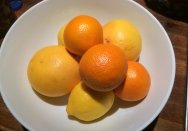
-
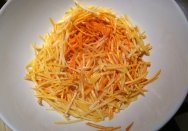
-
Sliced grapefruit, lemon and orange peel
-
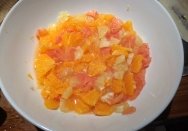
-
Sliced fruit flesh, pith and seeds removed
-
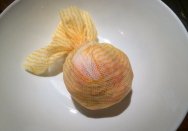
-
Pith and seeds bundled in kitchen cloth
-
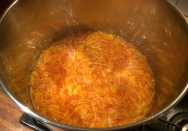
-
Cooking rind, fruit and water
-
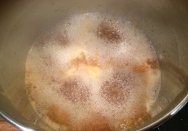
-
Rapid boiling the mixture
-
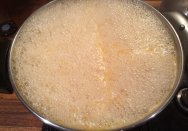
-
Beware the mixture frothing and rising
-
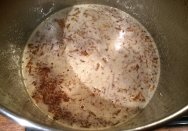
-
Surface scum to be removed
-
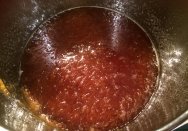
-
Clean mixture ready to be bottled
-
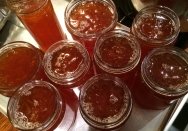
-
Filled jars
-
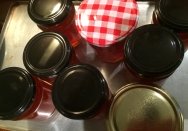
-
Seal lids tightly
-
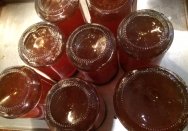
-
Invert hot filled jars for two minutes
Three fruit marmalade
Ingredients
- 2 Medium grapefruit
- 2 Medium lemons
- 3 Medium oranges
- 3l water
- 2.25kg sugar
Note
Lemons and grapefruit have a naturally high pectin content, so Three fruit marmalade sets quite easily, depending on the ratio of water to fruit and sugar. To ensure the rind is evenly distributed through the marmalade, soak the prepared fruit overnight, before cooking, and again after cooking it, before adding sugar and boiling it into marmalade. If you don't have time for both soaking stages, one will still make a difference.
Makes 2 - 2.25 litres
Directions
|
|
|
|
Wash the fruit - if it is store-bought or urban grown, wash with warm water and lightly scrub, to remove any wax or pollution buildup.
Peel the rinds using a sharp paring knife or vegetable peeler. Remove any excess pith from the underside of the peel. Slice the peel into thin strips and place in a large preserving pan or stockpot (minimum 8 litre capacity)
Slice the pith from the peeled fruit, reserving the pith in a bowl.
Halve and quarter the fruit, remove cores and seeds, reserving them with the pith.
Slice the flesh thinly, discarding any tough membrane, and add to the peel in the pot, along with any juices.
Wrap the pith, cores and seeds in clean muslin or a new length of kitchen cloth, tying all edges up securely so no seeds can escape during cooking. Add the bundle to the peel and fruit in the pot, add the water and leave to soak overnight if possible (this helps prevent the peel rising once bottled).
|
|
|
| Boil the mixture until the rinds are tender and the water has reduced by about half (about an hour, but this may depend on the size and shape of your pot). Remove the pot from the heat and allow the contents to soak until the following day (again, this helps prevent the peel rising once bottled). Next day, remove the muslin bag and squeeze any juices into the fruit mixture, being careful not to split the cloth, or allow contents to escape the tie. Discard the bag and contents, or to save waste, salvage the cloth for other non-culinary purposes. |
|
|
| Put two saucers into the freezer, to have ready for the 'gel test' later on. Wash jars and lids in hot sudsy water, rinse, and drain. Place jars on a tray in the oven at 120°C to sterilise, keeping the lids aside for scalding when ready to bottle the marmalade. (https://blogs.sydneylivingmuseums.com.au/cook/sterilising-process/). |
|
|
Warm the fruit mixture in the pot on a low heat, and add the sugar, stirring until it dissolves.
Increase the heat and bring to a rapid boil, stirring occasionally. Boil until the mixture reduces and reaches setting point (see next step) - about 30-40 minutes, depending on the size and shape of your pot. Beware: the heat may cause the mixture to froth high up the pot so be careful that it does not boil over, stirring should help it come back down. |
|
|
| 'Gel-test' the mixture once it feels less watery and you start to notice 'ribbons' on the side of the pot as you stir. to do this drop two teaspoons of mixture onto one of the chilled saucers and place it in the refrigerator for two or three minutes. Run your finger through the marmalade to divide it in two - if a skin has formed on the surface, or the line in the marmalade holds and the mixture does not run back, gelling point has been reached. Once this has been achieved, take the pot off the heat, and skim and discard any scum from the surface with a metal spoon. |
|
|
| Remove the jars from the oven and allow to cool for a few minutes to avoid heat shock when they are being filled with the marmalade. Scald the lids in boiling water and drain in a clean colander. Fill the jars to their 'neck line', using a jam funnel if you have one, being aware that the mixture and jars are very hot. (I use a small jug to pour the mixture into the jar. |
|
|
Once filled, clean the edges of the jars with clean kitchen paper dipped into hot water. Dry the inside of the lids with clean kitchen paper and seal the jars immediately. Wearing heat-protective gloves, tighten the lids to ensure they are fully sealed, then invert the jars for two minutes so that the hot mixture heats the lid; this helps create a vacuum seal when they cool.
Allow the filled jars to cool in an upright position, then label and date. The marmalade will keep for up to two years in a cool, dry cupboard; refrigerate after opening. |
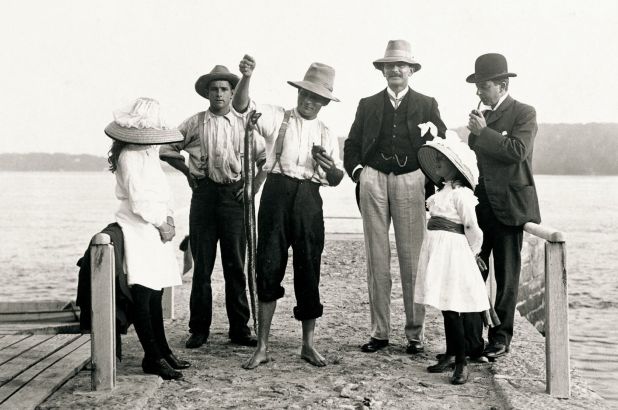
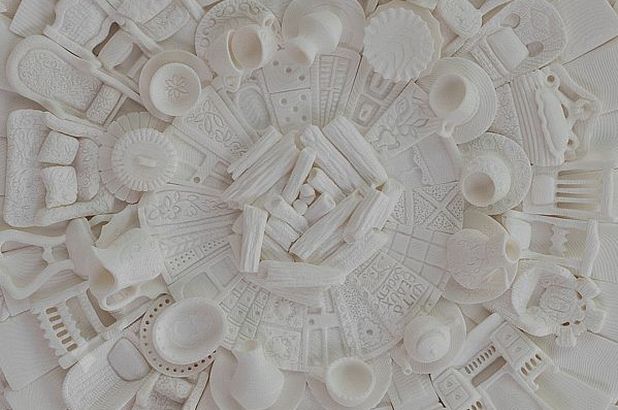

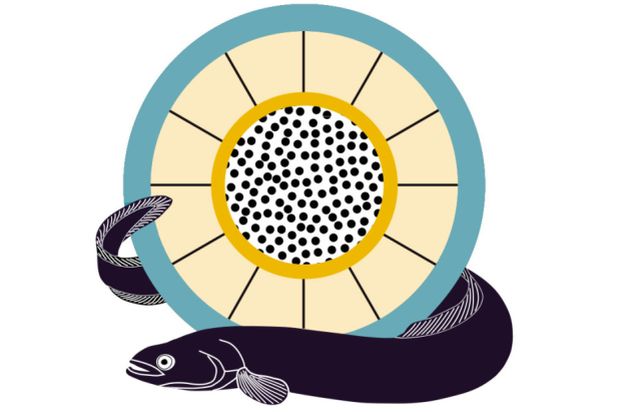
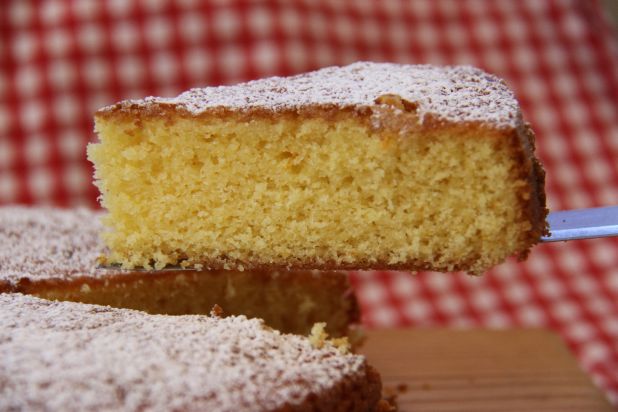
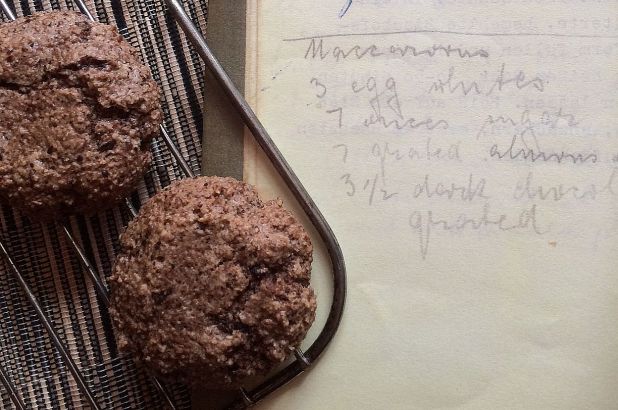
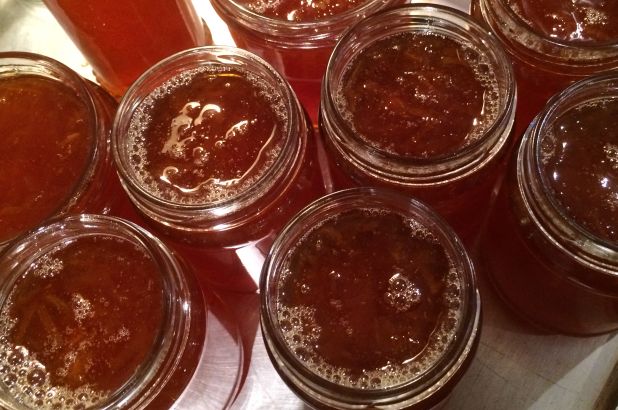













 Print recipe
Print recipe